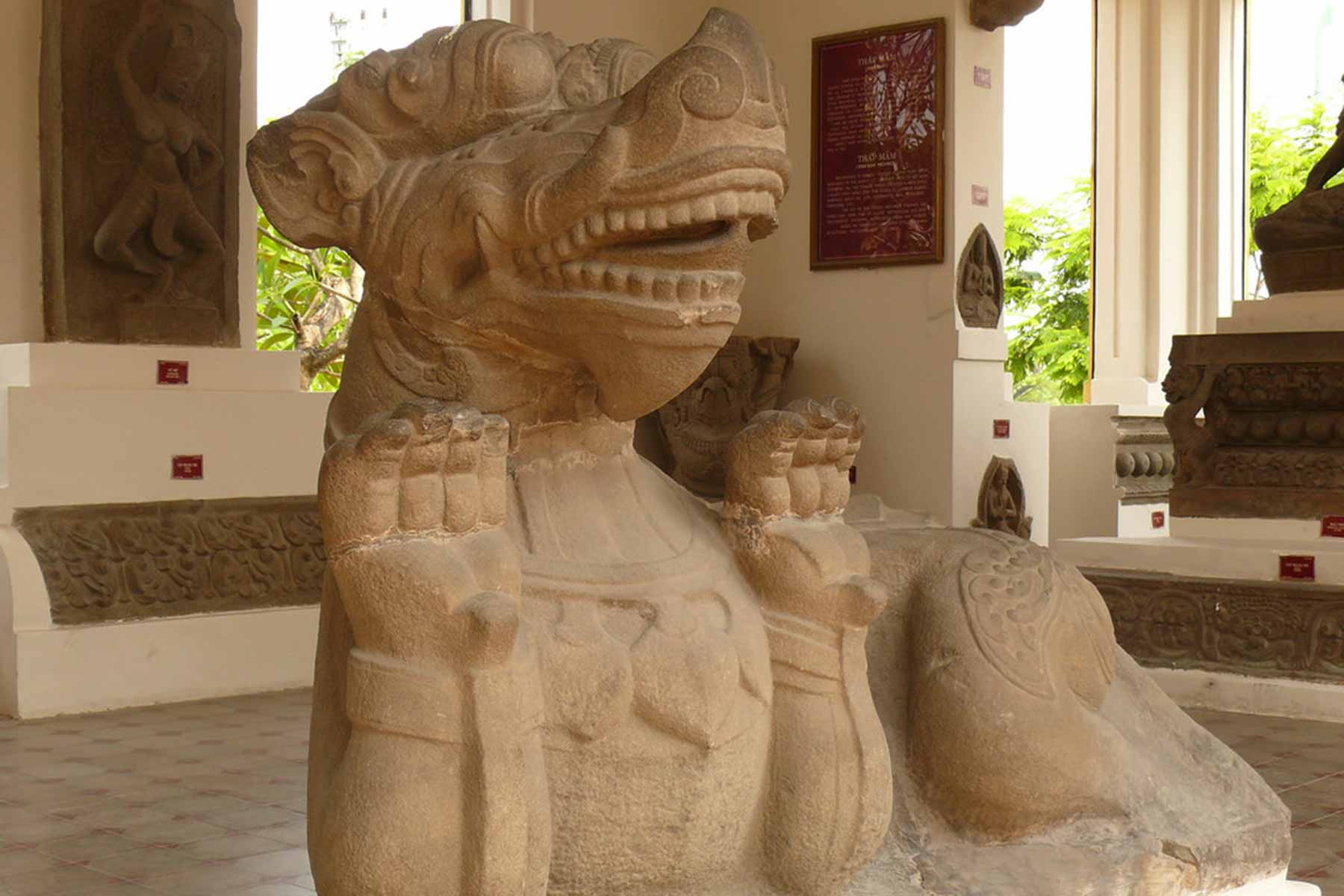The Boa Tang Cham, or the Museum of Cham Sculpture, is Da Nang’s biggest attraction. The École Française d’Extrême Orient took the initiative in 1915. Twenty years later, the museum had to be expanded by an influx of discoveries, and in 1939 the building was officially put into service. The Cham Museum is located at the southern end of Bach Dang Street, the promenade along the Han.
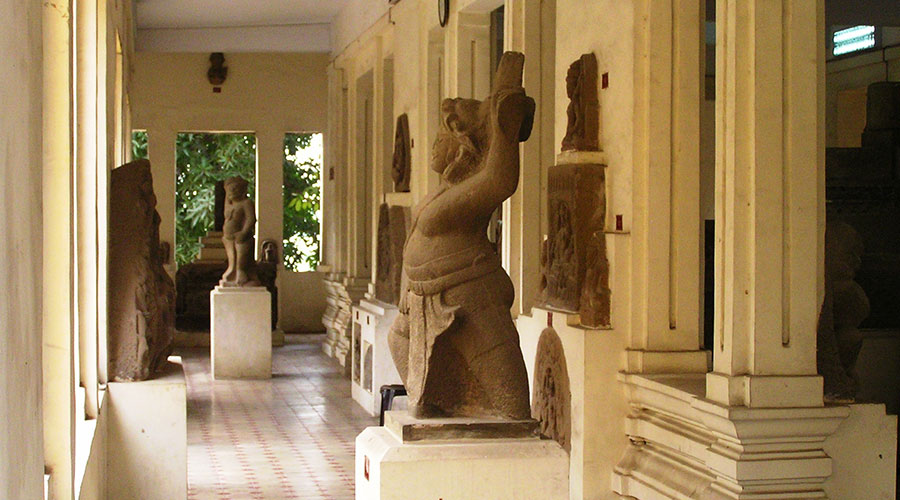
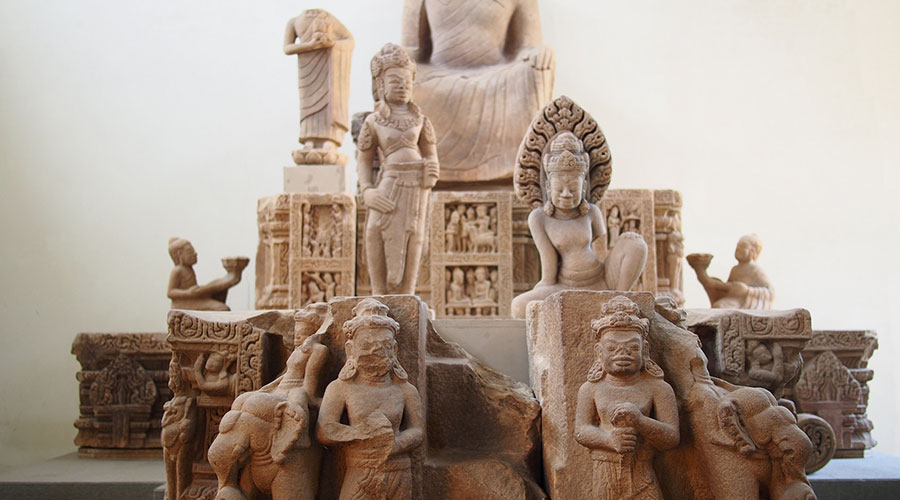
The Cham Museum has the largest collection of Cham sculptures in the world. The collection counts over three hundred images of sandstone. The images date from the 7th to the 15th century, a period that can be divided into two periods. The images of the period before the 10th century mostly have Hindu influences from India and Indonesia. In the period between the 10th and 15th centuries, Khmer influences prevailed in Cambodia.
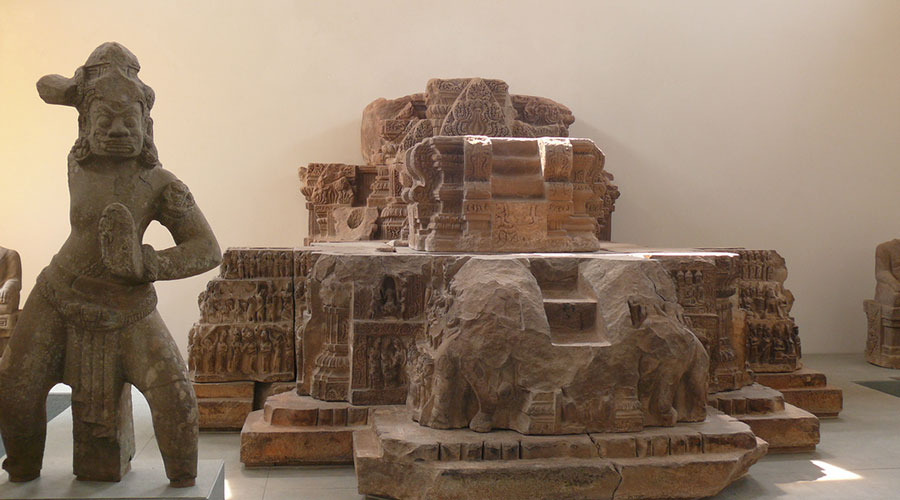
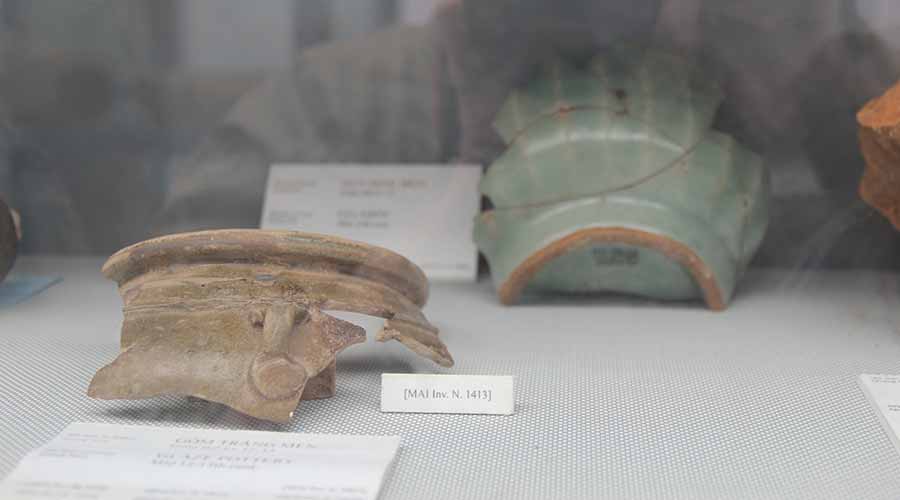
The museum has a number of halls with open windows. This open-air atmosphere certainly contributes to the charm of the museum, as it looks like you are looking at the pictures in the open air. That the open spaces provide little protection against theft and the elements is another matter. The halls carry the name of the site of the artifacts that can be seen there.
My-Son hall
The temple of My Son was in use from the 4th to the 13th century. In the hall are top pieces, including images of Ganesha, the Hindu god with the elephant head, and the goddess Uma, Shiva’s wife. In addition, there is a beautiful frieze with images of busty dancers and musicians, a panel with the birth of Brahma and an image of riders playing a kind of polo.
Tra-Kieu hall
The founding place Tra Kieu is located at the top of the Thu Bon, 40 kilometer from Da Nang. Between the 4th and 8th centuries there was the city of Sinhapura, capital of the empire of Champa. In the hall stands besides stone lions and elephants, also pictures of Garoeda, the mythical eagle and the rider of the god Vishnoe. In the middle of the hall is an altar with a yoni and lingam, symbol for the female and male genitals. At the foot of the altar are scenes depicted from Hindu epic Ramayana.
Dong Duong Hall
This hall is named after Dong Duong Monastery, 60 kilometer south of Da Dang. From this monastery, Buddhism spread in the 9th and 10th centuries over the empire of Champa. In the hall there are three beautifully decorated altars, one of which is covered with a series of female figures.
Thap Mam hall
The Thap Mam Culture dates from the 12th to 15th century. Its center was at Binh Dinh, near Qui Nhon, 300 kilometer south of Da Dang. Under pressure from the oppressive Viet, had Cham moved their capital to the south. The empire of Champa was on his return and that can be seen in the art of this period. The sculptors still made great work, but they seemed to close their eyes to reality. The art of this time consists mainly of images of mythical animals like macaroons (water dragons) and strange animal combinations, such as the lion elephant.
Visitors who want more information about the Cham culture and museum collection can hire an English-speaking guide. There is a souvenir shop in the museum.
Opening hours: daily form 8:00 am to 5:oo pm.
